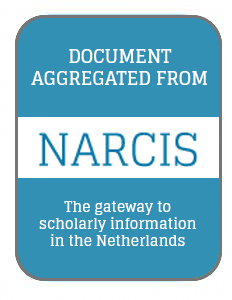Resource information
Habitat dynamics (habitat turnover due to natural perturbations or human activity) are commonplace, particularly in intensively used landscapes. Conservation planning requires an understanding of how spatio-temporal habitat dynamics and species characteristics interact with and relate to species persistence. We conducted a systematic literature review to determine how spatial and temporal properties of habitat networks can be changed to improve species viability in dynamic landscapes. We searched for both generalities that can be interpreted as spatial planning guidelines and gaps in knowledge that limit the application in spatial planning. Seventy studies matched our inclusion criteria. From these studies, we extracted knowledge regarding the role of four spatial and five temporal network properties (e.g. network area and habitat turnover rate) for species viability. We found that improving spatial network properties often effectively counterbalances the negative effects of habitat dynamics. Furthermore, changes in several temporal properties can alleviate the impact on species viability, for example, by reducing clustering in habitat turnover events. From these findings, we formulated a first set of general qualitative guidelines for planning practices. Moreover, we identified gaps between the available and required knowledge for planning ecological networks in dynamic landscapes, thereby leading to a research priority list containing the following recommendations: (1) provide guidance regarding the effective management of network properties; (2) compare alternate management regimes and their cost-effectiveness; (3) study management regimes for a wide range of species and habitat properties. Given the continuing climate change and economic development, guiding network design—including habitat dynamics—is urgently needed.


